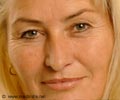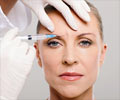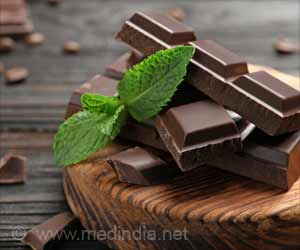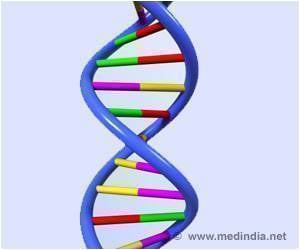With its distinctive smell, texture and iconic blue pot, Nivea cream turns 100 this year as a brand found in bathrooms in 200 countries that is nonetheless battling to keep up with copycat products.

He then added extract of orange, bergamot, lavender, rose, lilac and a touch of lily and christened his new invention "Nivea", a name taken from the Latin word "niveus", meaning snow-white.
The new cosmetic proved popular among the well-to-do but quickly took hold with the masses as well, to the point where today it is sold in more than 200 countries, with the most blue pots bought in the United Arab Emirates.
Last year, Beiersdorf sold 100 million pots.
"Everyone has a blue pot at home," said Anne Zavan, marketing director at Beiersdorf in France.
It is the "mother of the brand," said Jean Watin-Augouard, an expert in branding. "Nivea is a must-have."
But unlike the cream, the road to success has not always been smooth for Beiersdorf.
After World War II, the Allies seized its foreign subsidiaries as war reparations. It was not until the 1990s that it fully regained the trademarks over its wide variety of brands.
Ironically, this has actually helped the brand's reputation, said Watin-Augouard.
"In every country it is sold, people have the feeling that it is a native brand, a national treasure," he told AFP.
Another secret of the brand's longevity has been its ability to adapt and transform itself into other products, said Danielle Rapoport, a consumer affairs expert.
Nivea has given its name to 14 other sub-categories, from deodorant to shower gel to suncream.
"It was able to transfer its proven track record to other products," said Watin-Augouard.
But this did not work when it came to branching out into the ultra competitive world of make-up. The Nivea brand was launched in 1997 but simply did not take off and is being gradually phased out.
"Nivea came up against pharmaceutical giants like L'Oreal and Bourgeois. It stepped out of its comfort zone, skin-care," said Watin-Augouard.
Times are tough for Nivea and its parent group Beiersdorf amid falling demand for cosmetics generally.
The group's net profit fell by 14 percent in 2010 owing to restructuring costs. It expects flat sales this year.
Over the past year, Beiersdorf's stock has risen a mere 1.84 percent, while the DAX-30 index of leading German shares has soared nearly 23 percent over the same period.
On Thursday, Beiersdorf announced it was discontinuing cosmetics production at its plant in Baden-Baden which employed 390 people.
And the beloved blue pot of Nivea cream -- manufactured mainly in Hamburg in northern Germany but also in Asia and South America -- makes up less and less of the brand's bottom line, admitted Zavan.
Beiersdorf is now one of Germany's biggest conglomerates, producing a huge range of products from cosmetics to adhesive tape.
And Watin-Augouard put the cream's contribution to the Nivea brand at "less than 10 percent of the total brand turnover."
Source-AFP
 MEDINDIA
MEDINDIA




 Email
Email







